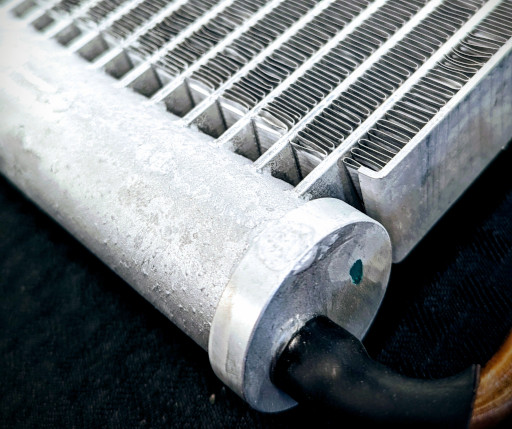Using a heat pump as an energy recovery ventilator (ERV) offers several advantages over traditional ERV or heat recovery ventilator (HRV) systems, due to its superior energy efficiency. One key advantage is the utilization of refrigerant as the medium for heat transfer in heat pump ERV systems. Refrigerants have high heat transfer coefficients and can efficiently absorb and release heat energy during phase changes, such as evaporation and condensation. This property allows for more effective heat exchange between the incoming and outgoing airstreams compared to conventional ERV/HRV systems that rely on heat exchange cores made of materials like plastic or paper.
Additionally, the phase change of the refrigerant within the heat pump system enables a more significant temperature difference between the incoming and outgoing airstreams, enhancing the overall efficiency of heat recovery. Heat pump ERV systems have the ability to modulate capacity based on the specific heating or cooling demands of the indoor environment. Advanced control algorithms and variable-speed compressor technology allow heat pump ERV systems to adjust their operating parameters dynamically, optimizing energy consumption based on real-time conditions. This adaptive control strategy ensures that the system operates at peak efficiency while optimizing indoor air quality and comfort levels.
During ventilation in winter months, the warmer indoor air passes over the heat exchanger (evaporator), transferring its heat to the refrigerant circulating within the system. Meanwhile, the incoming cold fresh air is drawn into the system and passes over the other heat exchanger (condenser). The refrigerant releases the captured heat energy into the incoming airstream, warming it up before it enters the living space.
Conversely, in the summer months, the process is reversed. The cooler indoor air passes over the heat exchanger (condenser), extracting heat energy from the refrigerant and heating the outgoing air. Simultaneously, the warm outdoor air is drawn into the system and passes over the heat exchanger (evaporator), transferring its heat into the refrigerant and cooling/dehumidifying the incoming air before distributing it into the living spaces.
What about swing seasons? The CERV can simply keep the heat pump off, preventing any energy exchange at all between airstreams. This adds the “free heating” and “free cooling” capabilities that are incredibly beneficial in the swing seasons, as well as the ability to help cool the house on summer nights when the outdoor temperature drops.
Beyond its role in ventilation, the integrated heat pump within the CERV serves as a highly efficient heating and cooling system during periods when ventilation is not needed. This enables the CERV to function akin to a traditional heating and cooling system, providing supplemental heating or cooling and dehumidification as needed to help maintain desired indoor temperatures.
How efficient is the CERV’s heat pump compared to a traditional ERV/HRV? An ERV or HRV will list its efficiency as a percentage of the energy moved from the exhausted airstream into the incoming fresh air stream. These numbers will range from around 75% for mid-level systems to 90% for some of the higher tier systems. Since the CERV uses a heat pump to exchange energy and condition the air, it can actually have a recovery efficiency of over 100%! Simply put, most energy modeling software is incapable of properly characterizing the CERV’s operation. How many people are home? Are you cooking? Exercising? Reading? Do you have pets? The CERV is a dynamic system that responds to ventilation needs on demand. Check out our “7 Steps for Designing an Economical Net Zero Home” to learn more about how the CERV can be modeled with our free ZEROs software.
Related Articles
newspaper7 Steps for Designing an Economical Net Zero Home
Next Feature


























